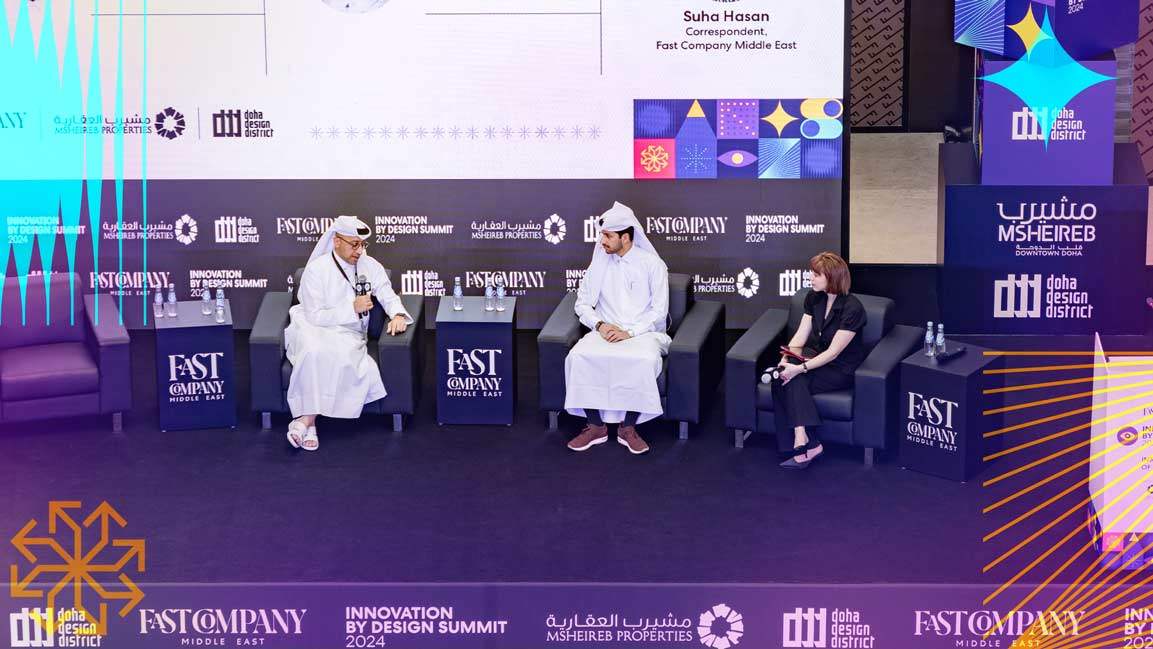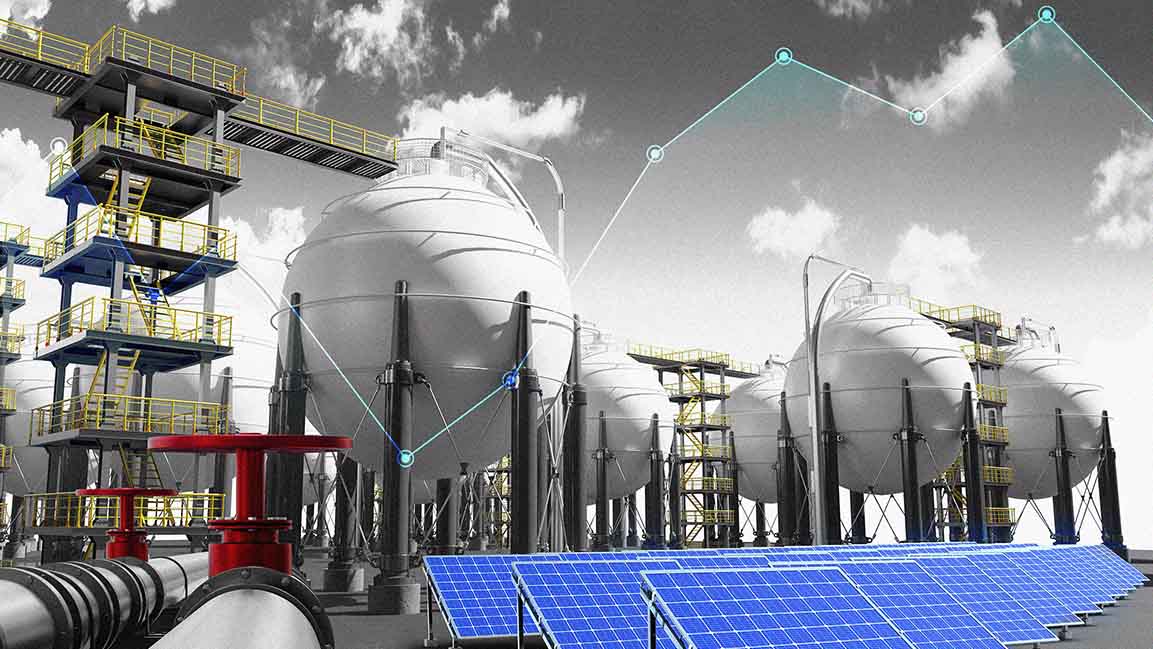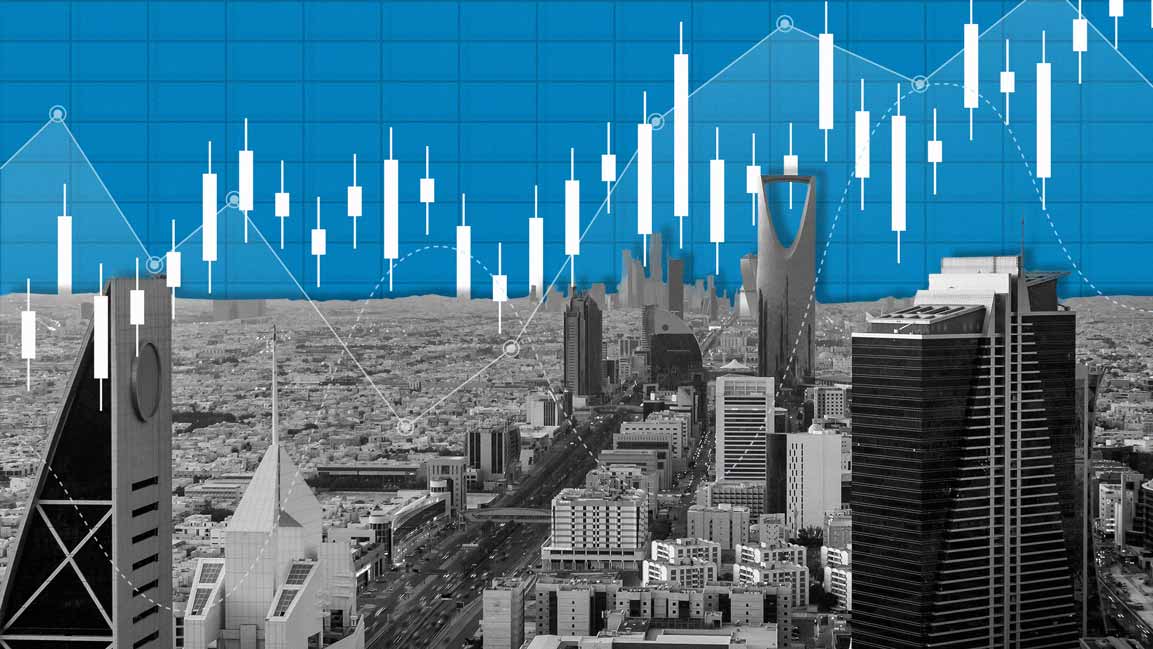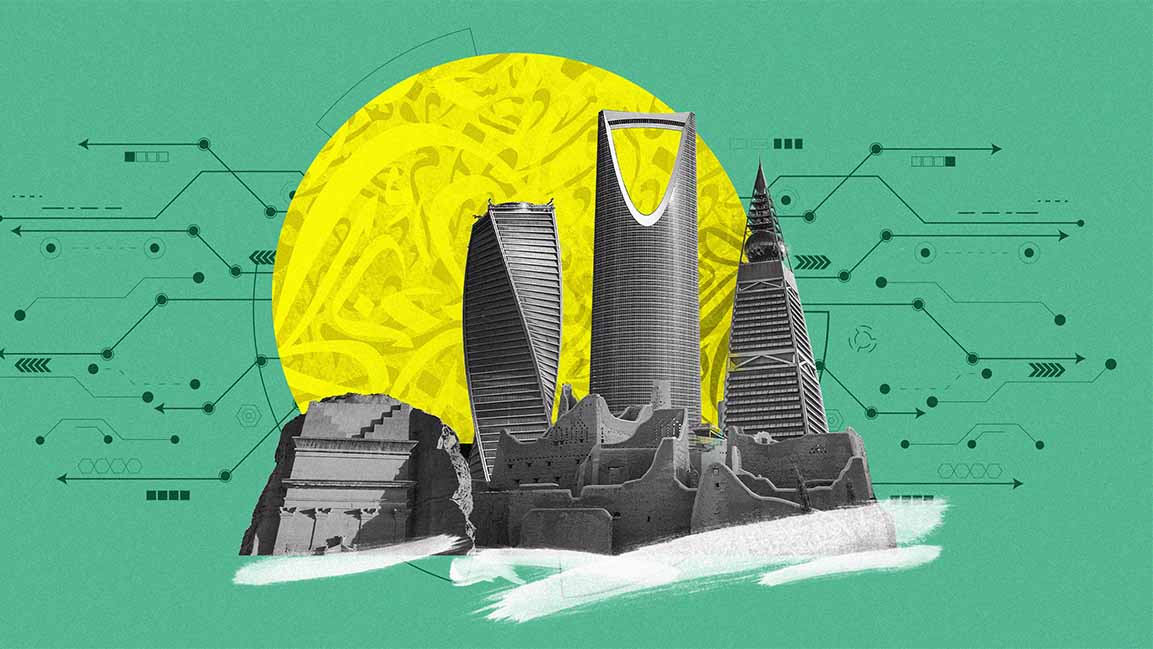- | 9:00 am
We have zipped past the zettabyte era. So, what’s the best way to store data?
The quest to increase data storage capacities and lifespans continues as hard drive manufacturers get closer to the 30-terabyte mark, and technological advances enable data to be stored for 2,000 years.

Imagine storing 6.5 million document pages, 250,000 12-megapixel photos, or 500 hours of HD video—that is what one terabyte can store.
Now multiply that by 30.
Why do we need such high storage capacities? For one, the world is generating data at an extraordinary pace.
Market intelligence firm IDC projects that global data creation will experience a compound annual growth rate of 23% from 2020 to 2025, increasing from 64.2 zettabytes (ZB) to more than 180ZB – that’s 180 billion TB.
And it’s not just enterprises. In 2022, the average household worldwide generated more than 20TB of data, according to IDC. With the rapid increase in data generation, the world’s three active hard disk drive (HDD) vendors – Seagate, Toshiba, and Western Digital—are all gearing up to release 30TB HDDs.
“Today, new and existing endpoints, industries, connected devices, digital platforms, AI innovations, autonomous machines, and more are creating a staggering amount of data each day,” says Ravi Pendekanti, senior vice president of product management and marketing for HDD at Western Digital.
“We are at the cusp of the zettabyte era, which only grows daily.”
Western Digital’s 28TB HDD was released last year.
“Our most recent innovations offered in the Middle East include the new Ultrastar 24TB CMR [conventional magnetic recording] HDDs and 28TB SMR [shingled magnetic recording] HDDs for hyperscale, cloud, and enterprise data center customers,” says Pendekanti.
These drives leverage the company’s latest technology innovations, such as energy-assisted perpendicular magnetic recording that increases drive density.
DATA MIGRATION AND OTHER RISKS
Today’s storage technologies, however, are not designed for long-term storage. They are made to provide cost-efficient storage of short-lived data, with innovations focused on increased data capacity and cost reductions.
So what happens if you want to hold on to data for decades? Perhaps you have old documents you would like to pass down to future generations or financial records that you must retain for legal reasons. Even if you’re trying to keep personal memories like photos and videos, you’ll need to find a way to store them over the long term.
Until recently, this has proven complicated for many reasons. Storage media can degrade over time. This means you must keep making new copies of your data before your storage devices fail. Frequent migration can lead to the loss or degradation of data.
Some file formats become outdated or incompatible with newer software as technology advances. This means that even if your storage media survives, there may be no drive to read it.
“To keep data over time, you need to move them every four to five years because the lifetime of storage media and interfaces is very limited. However, every migration risks data loss and corruption,” says Rune Bjerkestrand, managing director at Piql.
OFFLINE DATA VAULT
Piql has developed a data storage technology that is non-hackable and migration-free. While the interface is cloud-based, the physical storage goes into a film, which the company claims can survive over 2,000 years.
The company claims the storage medium is immune to cyberattacks and electromagnetic and radioactive radiation. This is because it is kept offline and off-grid in a military-grade secure vault in a secret location in the Norwegian archipelago of Svalbard.
“Everybody thinks data is safe because it’s digital and in the cloud. It’s not. Everything in the cloud is accessible for criminals on the darknet,” says Bjerkestrand.
KEEPING MEMORIES ALIVE
Piql’s ultra-secure location houses digital files of Oscar-winning movies, operas, literature, cave paintings, monuments, critical electrical grid information, and all the world’s crop seeds for the benefit of humanity.
It also safeguards some of the Vatican’s most valuable historical manuscripts and preserves 3D scans of ancient monuments, such as the Taj Mahal.
“In theory, you could use that model to 3D print the Taj Mahal in the future if it’s lost in an earthquake or another natural disaster,” says Mohamed Shalaby, director of sales and marketing at Piql’s partner Melara Middle East, a UAE-based high-tech products distributor.
“For example, during the earthquake in Turkey, 25% of a castle’s buildings were demolished. That’s a loss we cannot retrieve. With 3D scanning, we can preserve it for 3D printing or to create virtual tours for buildings that might not be there in the future.”
MIDDLE EAST NEEDS
To claim a lifespan of 2,000 years, Piql spent decades on research and development.
“We were exploring different kinds of films. We found the microfilm, which has been in use since World War II to carry printed documents, and that has been tested to have a lifetime of 500 years if you keep it in a reasonable condition,” says Bjerkestrand.
Piql is now in discussions to preserve some of the Middle East’s greatest treasures on its film and is developing a regional vault with the UAE’s National Library and Archives. This will be a secure repository where other nations in the region can preserve their data.
The company also plans to launch an Arabic version of its web-based platform Piql Connect, which provides clients access to their stored information backed up on the AWA.
“We have huge histories in the Middle East and North Africa. For example, big families have a lot of material, such as pictures, videos, handwritten documents, and family trees—all these can be preserved for the next generation,” says Bjerkestrand.
“While the Middle East is a historical region with many valued cultural items and treasures, things have been in decay because they have not been properly preserved. It’s also a risky region; there’ve been wars and terrorism. And entering the era of cybercrime, it’s more important than ever to preserve records.”






































